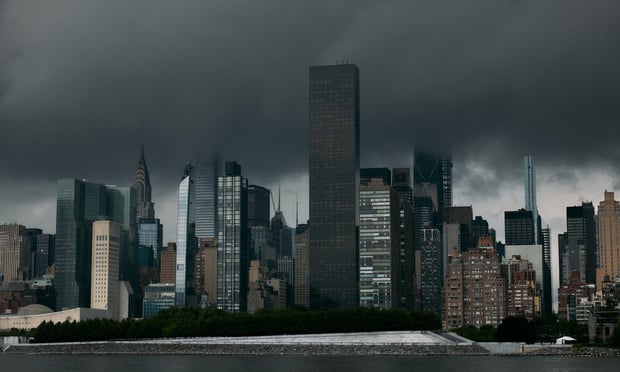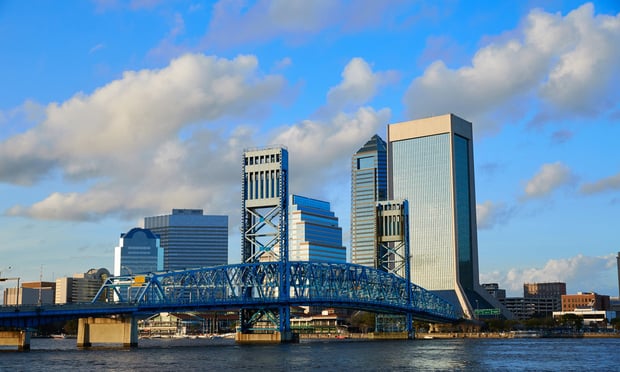JLL's analysis of hedge fund leases completed between 2007 and 2009 found that the sector gravitates toward 21 Midtown properties, including 375 Park Ave. and 9 W. 57th St., although deals were also done in the Financial District. Solow's iconic 9 W. 57th sets the high watermark for asking rents in New York at $180 per square foot.
At 375 Park, which is seen as a bellwether for trophy properties due to its high volume of completed deals, asking rents range as high as $120 per square foot, as they do at 590 Madison Ave. "As confidence in the market increases approaching the mid-year point in 2010, 375 Park will have raised asking rents three times, with many of its competitors following suit," JLL's Cynthia Wasserberger writes in the report.
Included in the index are a "high" and "low" asking rent of $98 and $63 per square foot, respectively. That compares to a Midtown average of $55.44 per square foot at the end of the first quarter, according to CB Richard Ellis.
The high-rent mark relates to properties with mostly direct units and space that's prebuilt with high-end finishes or tower-floor locations. At the low end, the rents are affected not only by a preponderance of sublease space, but also by units that suffer from lower-profile location within the building or other undesirable features.
Finding the deals within these two extremes will remain a priority for hedge funds, Wasserberger tells GlobeSt.com. "Hedge funds tend to be opportunistic," says Wasserbeger, a JLL managing director who specializes in the sector. "They like quality, and the building's cache and image is still important, but they're looking for opportunities where other funds have vacated space in highly improved conditions. Also, pricing that's fallen in the top-tier buildings may be more of a driver than it would have been 24 months ago."
Seeking out below-market opportunities within the prime hedge fund locations is not only a function of saving money. Taking on high-quality sublease space can also serve as a stopgap for funds that aren't certain about their long-term space requirements. "Flexibility is important to the funds," Wasserberger says. "The future is unpredictable and their business needs may change quickly, so they want the ability to be nimble."
Notwithstanding the example of 375 Park in raising rents, Wasserberger says the general sense is that pricing on space will remain at its current level for some time. "So tenants are looking to tie in their requirements to the current market timing," she says. "It doesn't work for everyone, but we find tenants coming to us for help in recasting a lease or doing what you call 'blend and extend.' Across the board, tenants are trying to figure out if they can use the market to their advantage and not miss out on what in hindsight will be the bottom of the market."
Want to continue reading?
Become a Free ALM Digital Reader.
Once you are an ALM Digital Member, you’ll receive:
- Breaking commercial real estate news and analysis, on-site and via our newsletters and custom alerts
- Educational webcasts, white papers, and ebooks from industry thought leaders
- Critical coverage of the property casualty insurance and financial advisory markets on our other ALM sites, PropertyCasualty360 and ThinkAdvisor
Already have an account? Sign In Now
*May exclude premium content© 2024 ALM Global, LLC, All Rights Reserved. Request academic re-use from www.copyright.com. All other uses, submit a request to [email protected]. For more information visit Asset & Logo Licensing.








